8-minute read
keywords: astronomy
Are we alone in the universe? For the moment, this question remains unanswered, though there are many ways to tackle it. Just how many was something I did not appreciate until I sunk my teeth into Harvard University Press’s new flagship astronomy title Life in the Cosmos. Written by astrobiologist Manasvi Lingam and theoretical physicist Abraham “Avi” Loeb, this is a book of truly colossal proportions, clocking in at over 1000 pages. It boldly goes where few academic books have gone before by seriously and open-mindedly considering the possibility of extraterrestrial technological intelligence on par with, or far beyond humans. I found myself gravitating towards this book on account of more than just its size.
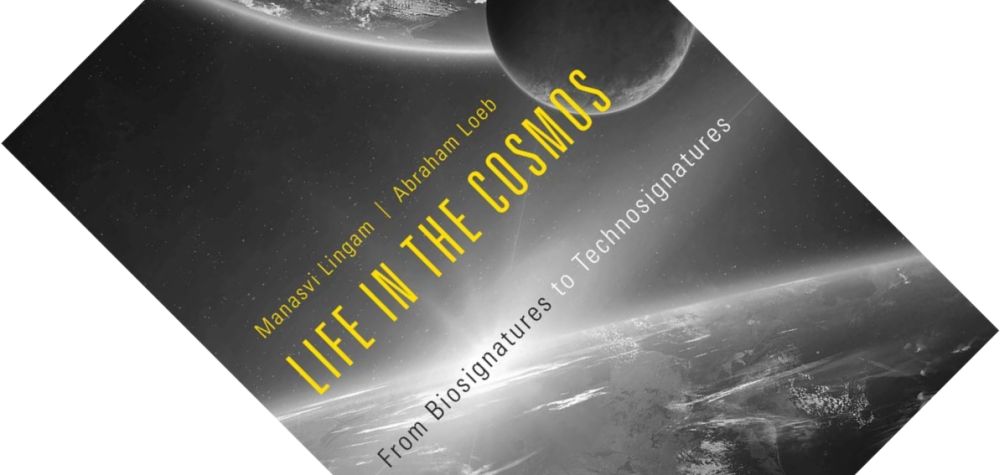
Life in the Cosmos: From Biosignatures to Technosignatures, written by Manasvi Lingam and Abraham Loeb, published by Harvard University Press in July 2021 (hardback, 1061 pages)
Lingam & Loeb have clustered ten long chapters into three parts, each logically following from the previous: life on Earth, biological signs of extraterrestrial life (biosignatures), and technological signs (technosignatures). Before turning their eyes towards the stars, the authors discuss origin-of-life research and the major hallmarks of life’s evolution. In the context of astrobiology, this is highly relevant material and I strongly agree with their reasoning that the “exploration of Earth’s rich biospheres […] is necessary […] from the standpoint of gaining a better understanding of the paths available for biological evolution on other worlds” (p. 223). If we understand how life evolved on Earth, we might hazard an educated guess where and how it might evolve elsewhere. Similarly, whether life could evolve along radically different paths or whether there are universal biological laws that constrain the possibilities is of particular interest to the matter of convergent evolution on Earth.
For me, the book got off to a flying start: I was prepared for a discussion of the different schools of thought on abiogenesis, while I am familiar with the framework of the major transitions in evolution. More challenging—for a biologist that is—was the part on biosignatures. When examining how parameters of stars and planets influence habitability, the reader can expect extended discussions on various forms of stellar radiation and planetary properties such as plate tectonics, tidal locking, or temperature. The chapter on detecting biosignatures reasonably focuses on remote sensing. Robotic probes will, for now, only go so far. Thus, this entails discussions rich in chemistry and astrophysics when delving into e.g. spectroscopy or the mechanics of exoplanets transiting their stars. The possibility of life in subsurface oceans receives a well-deserved separate chapter. The more speculative third part of the book looks at the likelihood of technological civilizations, including the Drake equation and the Fermi paradox. It asks how we might detect them, not just by radio signals, but also by e.g. optical signals and artefacts. And it considers how life might spread through the universe, discussing both panspermia and futuristic options for propulsion technology.
“Before turning their eyes towards the stars, the authors discuss origin-of-life research and the major hallmarks of life’s evolution. In the context of astrobiology, this is highly relevant material.”
Having spent the last twelve days ploughing through this tome, here are four things that stood out for me.
First, I cannot resist very briefly giving you a few personal highlights, as this book is simply chock-full of interesting topics and insights. Plate tectonics encourages planetary habitability for several reasons, but in our Solar system so-called stagnant-lid worlds—where the entire surface behaves like a rigid shell—are more common. Whether this is the case for exoplanets remains to be seen, but there is more to it than a simple dichotomy between worlds with and without plate tectonics. Then, biosignatures. Searching for life understandably entails the risk of false positives, but also of false negatives. Not all life forms necessarily modify their worlds to such an extent that we could detect them remotely. Even on Earth, the notion of a shadow biosphere that has thus far escaped our attention is not beyond the pale. Finally, the YouTube channel Kurzgesagt has in the past whetted my appetite with their videos on the Kardashev scale and the Great Filter, so reading more about these was very satisfying.
Second, this book is rich in technical detail. Why are carbon and water suitable universal chemicals? The answer explores bond strengths and water’s dipole moment. Could life have started as self-replicating RNA? Reaction kinetics will provide an answer. The authors go beyond mere qualitative descriptions, providing plenty of quantitative models, mathematical formulae, and chemical equations. Simultaneously, they only scratch the surface of many topics. They give readers, in their own words, “toy models”, cover only a limited number of examples (e.g. of intelligent life forms on Earth, or some of the many solutions to the Fermi paradox), and frequently refer the reader to the extensive 118-page bibliography. This is not to suggest that their discussions are shallow, quite the opposite: they manage to give bird’s-eye overviews in just a few pages, and this characterises hundreds of pages of this book.
“Lingam & Loeb keep an open mind and will not discount anything out of hand. The authors rigorously discuss rather speculative ideas, even by the standards of their own discipline.”
Third, a note on the writing. The book is possessed of a certain, to use an appropriately obscure word, grandiloquence. The authors adumbrate, they explicate, they use fiduciary values in their models, and they regularly use Latin phrases (ipso facto, prima facie, inter alia). Without a hint of irony, they write that “we have opted to eschew an orthodox approach that is exclusively oriented toward the explication of technical details and endeavored instead to enkindle and inculcate a genuine passion for the subject by enhancing the readability of this tome” (p. xvi). Hmmm. Even most academics that I know do not write or talk like this. Now, I do not want to blow this out of proportion, as for a book of this calibre I was not expecting slick pop science either. Once you have reached for the dictionary a few times you quickly get used to it. And, fortunately, the lofty vocabulary is not accompanied by an air of pomposity or self-aggrandisement that I sometimes encounter. By and large, the authors have succeeded in keeping this technical book accessible to a wider academic audience. This also shows in the way they introduce and explain the many mathematical formulae. Rather than drowning the reader in algebraic derivations, they will frequently skip to the final expression.
Astrobiology might seem like a niche affair and the authors readily acknowledge that as long as our sample size is one, informed guesswork is the best we can do. Thus, the final thing I noticed is that Lingam & Loeb keep an open mind and will not discount anything out of hand. The authors rigorously discuss rather speculative ideas, even by the standards of their own discipline. Think hypothetical megastructures such as Stapledon–Dyson spheres, futuristic propulsion technologies, or panspermia: the seeding of different worlds with life via asteroids or other means. Nevertheless, they remain suitably sceptical and circumspect throughout. Notably, when the interstellar object ‘Oumuamua was spotted passing through our Solar system in 2017, Loeb caused a stir by proclaiming that it had to be an alien artefact. Life in the Cosmos has not become a vehicle to promote this idea further, which I think was a wise decision. More relevant is how Lingam & Loeb defend their choice to include such topics. The search for technosignatures can piggyback on that for biosignatures with only a little added expense and effort. Furthermore, I agree that the discovery of technologically advanced life will be even more impactful than that of microbial life. And if we did find signs of life in the solar system, the question of how (dis)similar it is to Earth life means panspermia is immediately back on the table.
In conclusion, the detailed exploration of astrobiology in all its facets will make this a statement that few astrobiologists and astronomers can or will want to ignore. In my opinion, this book gets several difficult balances right: it is technical yet accessible, rigorous yet fascinating, and open-minded yet suitably circumspect about the topics it treats. Life in the Cosmos is a stellar achievement that deserves the undivided attention of readers who are ready to take a deep dive into astrobiology.
Disclosure: The publisher provided a review copy of this book. The opinion expressed here is my own, however.
Other recommended books mentioned in this review:
__________________________________________________________________
__________________________________________________________________
__________________________________________________________________

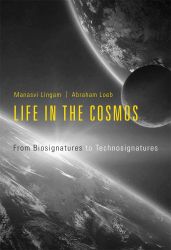
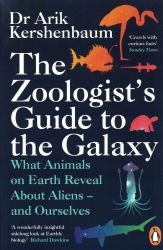
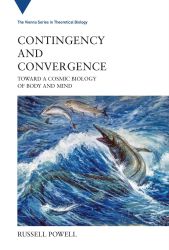
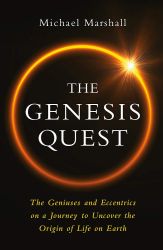
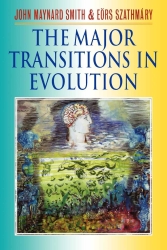
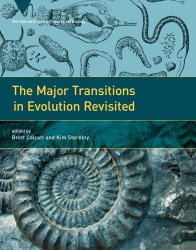
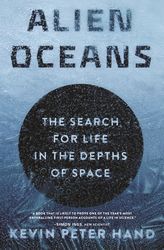
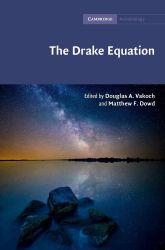
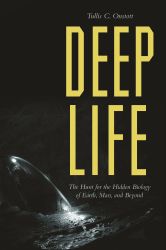
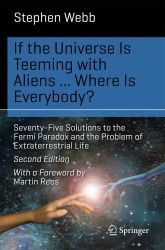

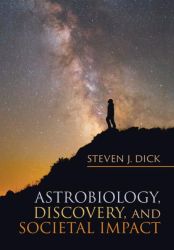
Great review! A fitting SF novella would be Ian MacLeod‘s „New Light on the Drake Equation“, https://reiszwolf.wordpress.com/2021/11/04/new-light-on-the-drake-equation-2001-near-future-sf-novella-by-ian-r-macleod/
LikeLiked by 1 person
Oooh, very nice, thank you!
LikeLiked by 1 person